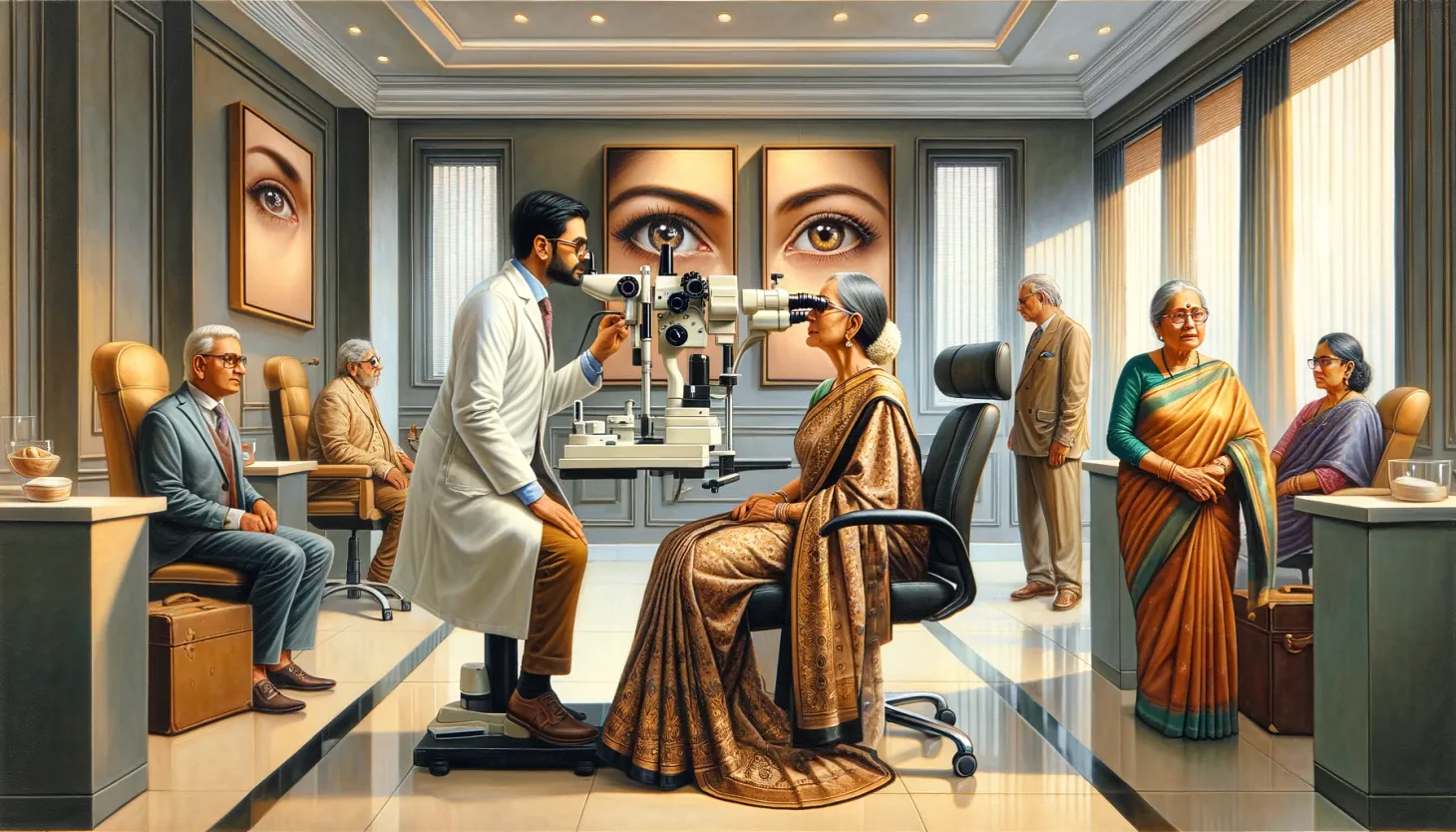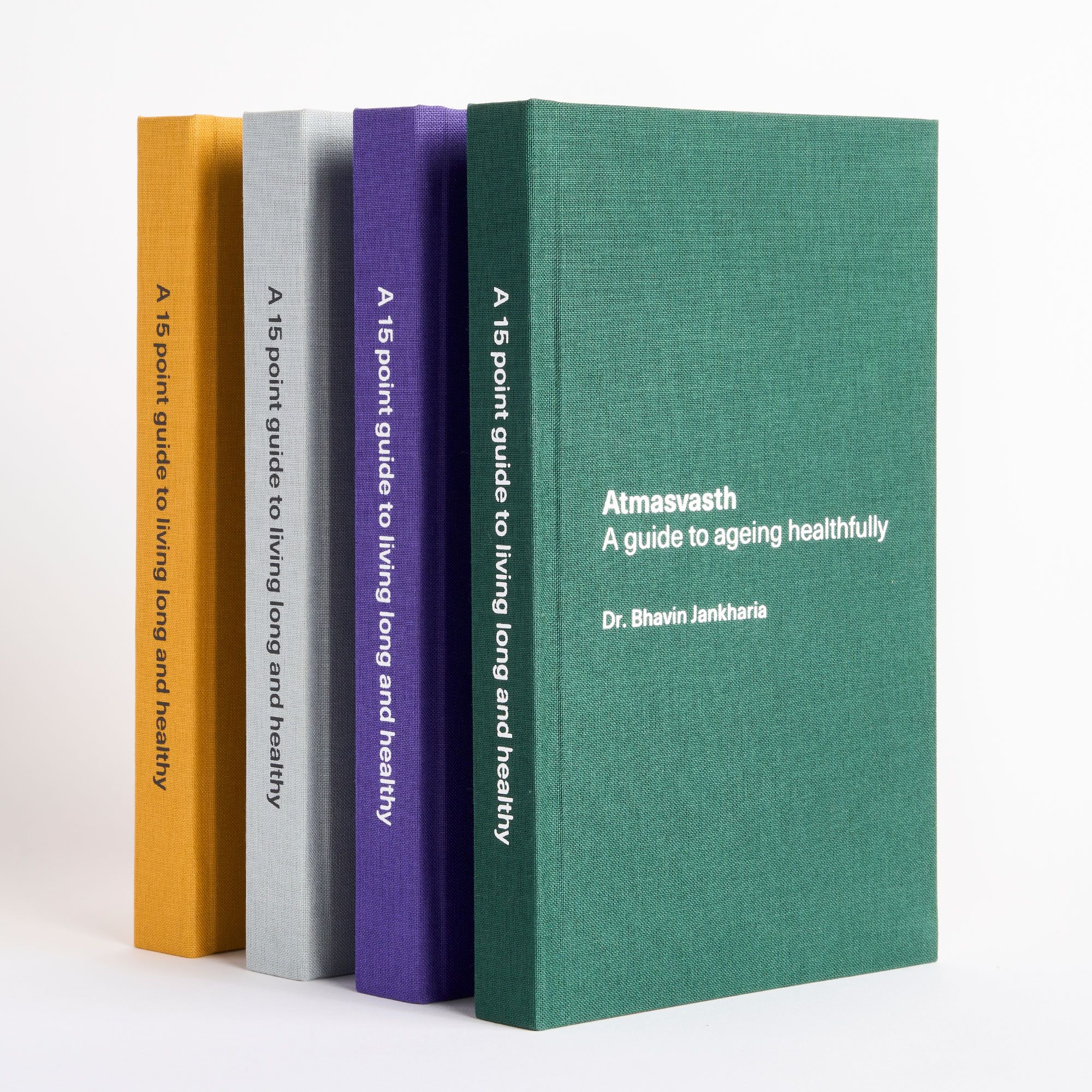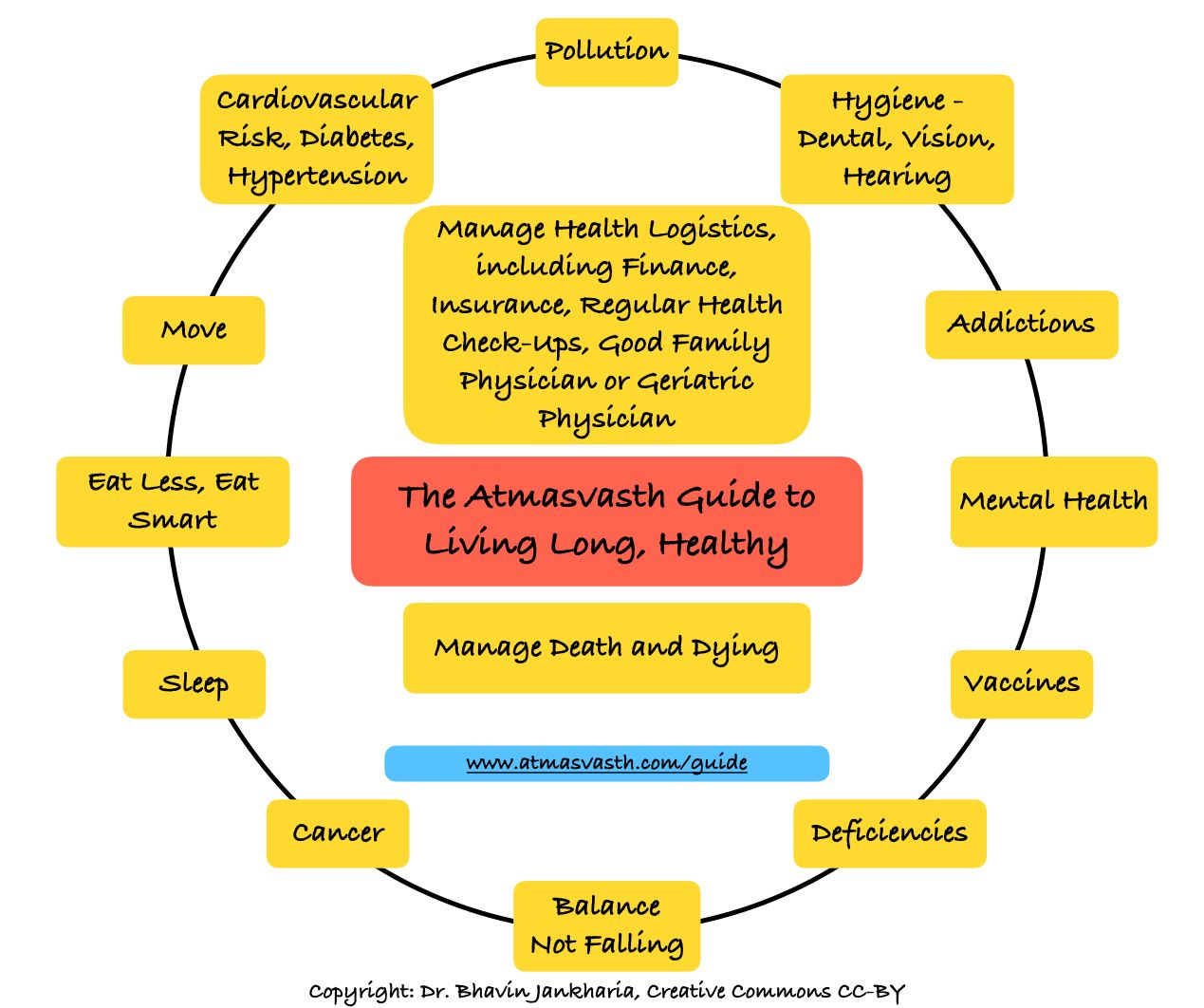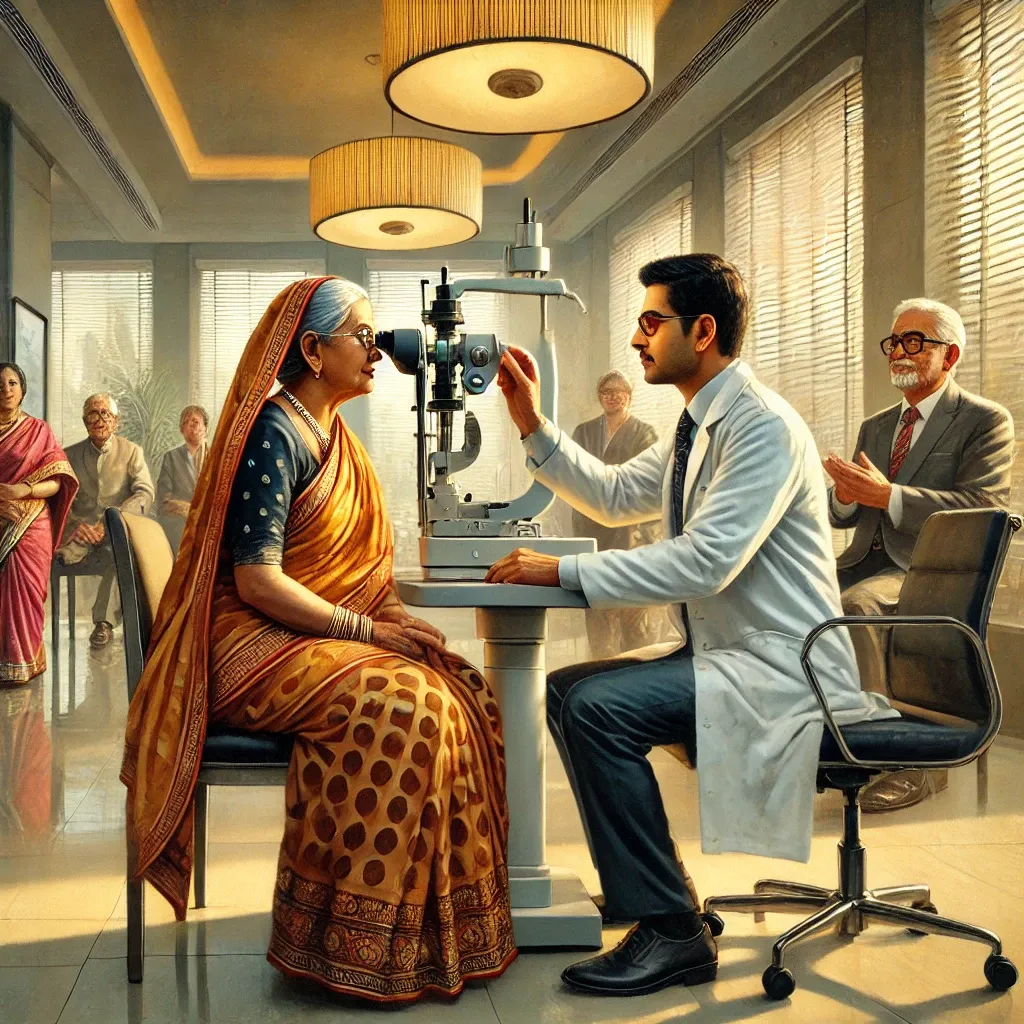From Presbyopia to Cataracts to AMD - Why Regular Vision Checks are Important
It is important to get an annual or biennial eye check-up to diagnose preventable, easily correctable and treatable ocular conditions

The Book - Kindle Version Now Available Worldwide

The Detailed 15-Point Guide to Live Long, Healthy

Audio
Text
The 8th point in the 15-point guide to live long, healthy is managing your senses - oral, vision and hearing.

It is important to check for ocular and vision abnormalities at least once in two years, if not once a year.
In my first piece titled “The Importance of Being Able to See Well” on 16 Jan 2022, I had mentioned that as we age, the following conditions can cause low vision and affect our ability to live long, healthy,
- Cataracts
- Glaucoma
- Macular degeneration
- Diabetic retinopathy
- Dry eyes
I completely missed refractive errors such as presbyopia (inability to see near things), which is perhaps the most common cause of poor vision and is so easily correctable with spectacles.
I rectified the error in the next piece titled “Poor Vision can Increase the Risk of Falls and Fractures”. I also shared a statistic, “A recent analysis of the LASI cohort by Shobhit Srivastava and colleagues [1] has pegged the prevalence of visual impairment in those over the age of 45 to be 33.8% in Indian men and 40% in Indian women.”
Another population study in late 2022 [2] showed that perhaps the situation is not that dire. In those over 50, the prevalence of blindness was down to 1.99% as compared to 5.3% in 2001, and that of low vision to 11.77% compared to 24.85% in 2001. This suggests that significant improvements have occurred in the understanding and management of visual impairment, especially preventable and treatable in our country.

The pictures above from the 2022 study by Vashist and colleagues [2] show that the commonest cause of low vision is cataracts followed by refractive errors and then other causes. Cataract surgery related complications also form a significant number, underscoring the fact that when you get cataract surgery done, don’t choose the most inexpensive. Choose a good surgeon. If a good surgeon is also inexpensive, great.
A recent study [3] also made waves in the local press. It suggested that if there were 101 million people with diabetes in 2021 (i.e. 7.7 to 8.0% of the population in India), then 21 million have some form of vision loss due to diabetic retinopathy, of whom 2.4 million are blind. This underscores why prevention and treatment of diabetes and its complications are so important. However, in diabetics, cataracts are still a more common cause of low vision than diabetic retinopathy itself. This is why regular eye check-ups are so important.
Lastly, a condition that affects mainly those over 70 is age-related macular degeneration (AMD). It is uncommon in India and the majority poor world, but is the commonest cause of blindness and vision loss in the minority rich world. AMD is becoming more common in India as the population ages [4], but at a population level is dwarfed by refractive errors, cataracts and corneal opacity.
AMD was untreatable till date and hence a source of grief, if it occurred. It didn’t make any difference if you picked it up early, because there was nothing you could do. Now there are treatment options available and hence diagnosing AMD early during eye check-ups makes a difference to the eventual outcome [5].

The USPSTF [6] says there is insufficient evidence to suggest whether people above 60 years of age should get a regular vision check. This is a recommendation for those in the US.
In countries like India, where the benefits of identifying low vision and potential treatable or preventable causes far outweigh any harms, it is worth getting your eyes checked at least once in 2 years, if not once in a year. This will help uncover refractive errors, cataracts and other causes, including AMD, that can be corrected, prevented or treated as the case may be.
Footnotes
- Srivastava S et al. Prevalence and predictors of vision impairment among older adults in India: evidence from LASI, 2017-18. BMC Ophthalmol. 2023 Jun 5;23(1):251.
- Vashist P et al. Blindness and visual impairment and their causes in India: Results of a nationally representative survey. PLoS One. 2022 Jul 21;17(7):e0271736.
- Gurudas S et al. National prevalence of vision impairment and blindness and associated risk factors in adults aged 40 years and older with known or undiagnosed diabetes: results from the SMART-India cross-sectional study. Lancet Glob Health. 2024 May;12(5):e838-e847.
- Hamati J et al. Prevalence of age-related macular degeneration and associated factors in Indian cohort in a tertiary care setting. Indian J Ophthalmol. 2023 Oct;71(10):3361-3366.
- Guymer RH, Campbell TG. Age-related macular degeneration. Lancet. 2023 Apr 29;401(10386):1459-1472.
- US Preventive Services Task Force; Mangione CM et al. Screening for Impaired Visual Acuity in Older Adults: US Preventive Services Task Force Recommendation Statement. JAMA. 2022 Jun 7;327(21):2123-2128.
Atmasvasth Newsletter
Join the newsletter to receive the latest updates in your inbox.


